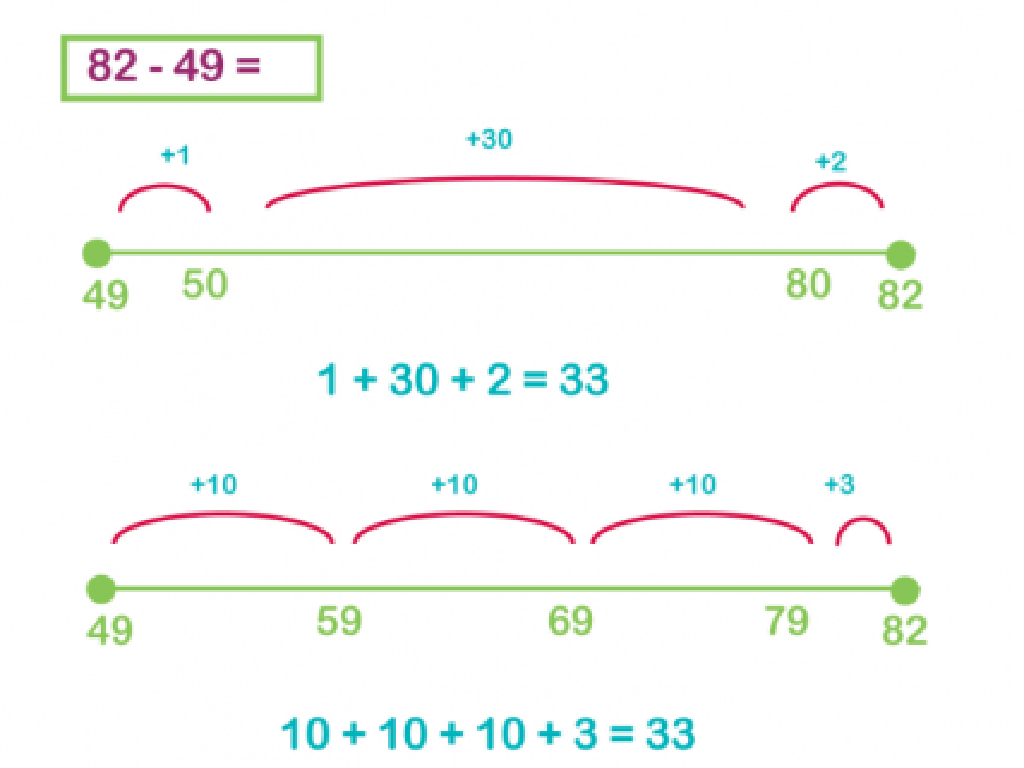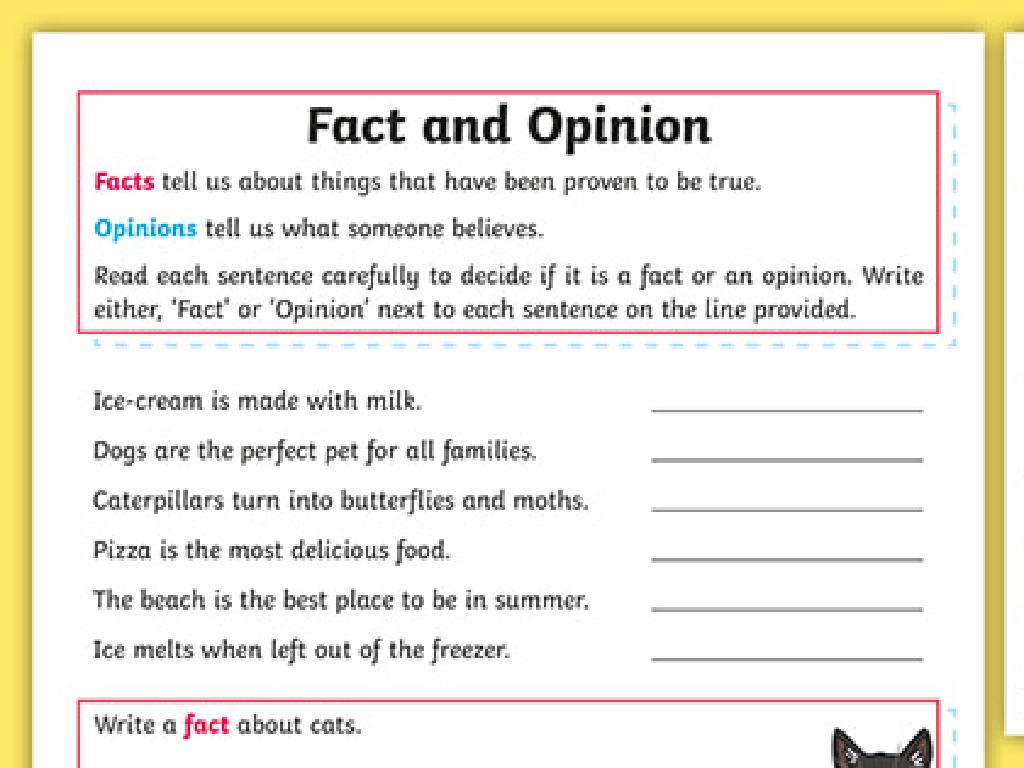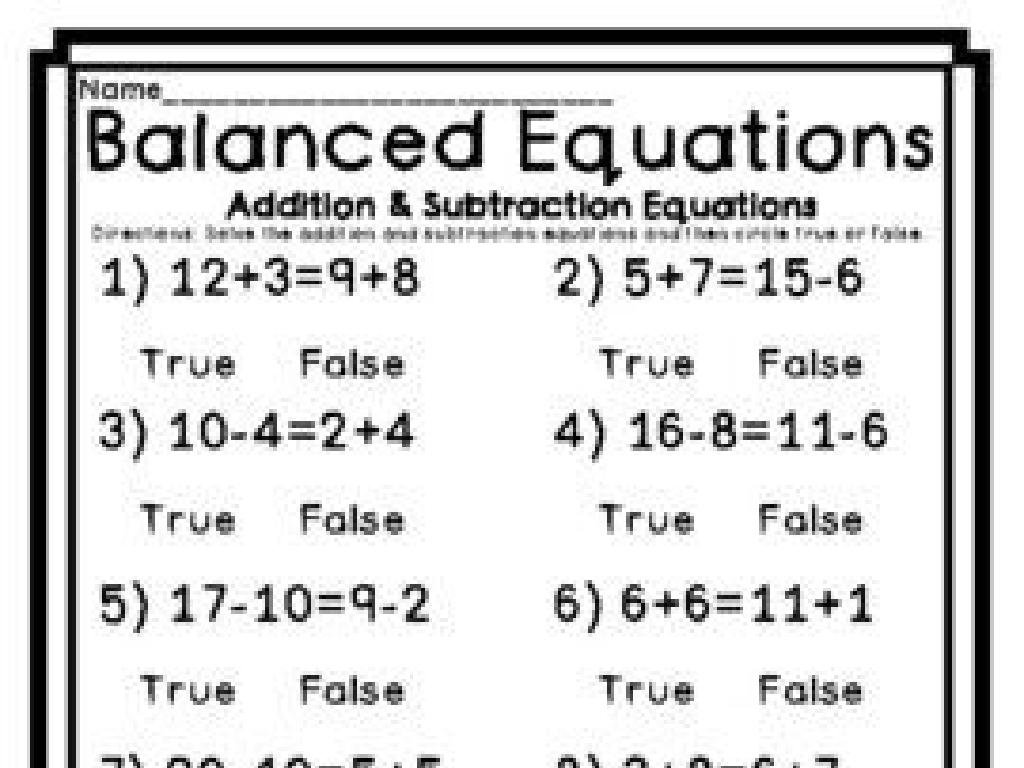Use Parallel Structure
Subject: Language arts
Grade: Eighth grade
Topic: Writing Clearly And Concisely
Please LOG IN to download the presentation. Access is available to registered users only.
View More Content
Mastering Parallel Structure in Writing
– Welcome to clear & concise writing
– Today’s focus: Parallel Structure
– Why parallelism matters
– Parallelism improves readability and style
– How to use parallel structure
– Use the same pattern of words for similar elements
|
This slide introduces the concept of parallel structure, an essential tool for writing clearly and concisely. Parallel structure, or parallelism, involves using the same grammatical form for similar elements within a sentence or among sentences. It enhances the readability and style of writing by balancing words, phrases, or clauses, which makes the text more engaging and easier to follow. Examples include lists in a series (‘I like to jog, to swim, and to bike’) or comparisons (‘She likes reading more than writing’). Encourage students to practice creating sentences with parallel structure and to revise sentences that lack parallelism. This will help them develop a more polished and effective writing style.
Understanding Parallel Structure
– Define Parallel Structure
– Using the same pattern of words to show equal importance
– Importance in writing
– Improves readability and adds balance to sentences
– Examples of Parallel Structure
– ‘I like running, swimming, and biking.’
– Non-examples to contrast
– ‘I like to run, swimming, and to bike.’
|
Parallel structure, or parallelism, is the repetition of a chosen grammatical form within a sentence to make it easier to read and more persuasive. It’s important because it helps maintain consistency and clarity in writing. When constructing sentences, especially lists or comparisons, parallel structure should be used to improve the flow of the text. Provide students with clear examples of sentences that use parallel structure and those that don’t. Discuss how the non-examples could be revised for better clarity. Encourage students to practice creating their own sentences using parallel structure to reinforce the concept.
Identifying Parallel Structure
– Recognizing parallelism in writing
– Look for words or phrases presented in a series or list that have the same grammatical form.
– Role of conjunctions and lists
– Conjunctions like ‘and’ or ‘or’ often link parallel elements in a sentence.
– Practice identifying parallel structures
– Analyze sentences to find similar patterns of words or phrases.
|
This slide introduces students to the concept of parallel structure, a key component of clear and effective writing. Parallel structure involves using the same pattern of words to show that two or more ideas have the same level of importance. This can happen at the word, phrase, or clause level. The first bullet point should explain how to recognize parallelism by looking for repeating grammatical forms. The second point should discuss how conjunctions and lists in sentences often signal the need for parallel structure. For the practice activity, provide sentences where students must identify the parallel structures. This exercise will help solidify their understanding of the concept. Encourage students to create their own sentences using parallel structure to enhance their writing skills.
Creating Parallel Structure in Writing
– Use parallel structure in writing
– Maintain the same pattern of words for balance and rhythm
– Apply parallelism with various word forms
– Verbs, nouns, adjectives should all follow a similar structure
– Activity: Practice rewriting sentences
– Rewrite provided sentences using parallel structure
– Enhance clarity and flow in writing
|
This slide introduces the concept of parallel structure, an important tool for writing clearly and concisely. Parallel structure, or parallelism, involves using the same grammatical form within a sentence to create a pattern that enhances readability. When listing items or linking related ideas, maintaining a consistent pattern of words (verbs with verbs, nouns with nouns, etc.) is crucial. The class activity will involve students practicing this skill by rewriting sentences to correct the structure. This exercise will help students recognize patterns in writing and improve their ability to construct well-balanced sentences. For the activity, provide sentences that lack parallelism and guide students to rewrite them. Possible sentences for practice could include mixing verb tenses, using different forms of words, or creating lists without a consistent structure.
Parallel Structure in Literature
– Examples in literature & speeches
– ‘It was the best of times, it was the worst of times’ – Dickens
– Parallelism enhances readability
– Consistent patterns make text easier to follow
– Parallelism’s impact on style
– Creates rhythm and emphasizes ideas
– Analyze parallelism in excerpts
– Examine how authors use parallelism to convey messages
|
This slide aims to explore the concept of parallel structure in writing, a tool that authors and orators use to create rhythm and enhance the clarity of their messages. By providing examples from well-known literature and speeches, students can see how parallelism is applied in practice. Discuss how using similar grammatical structures can make passages more engaging and easier to understand. Encourage students to analyze excerpts from texts, focusing on how parallelism affects the tone and persuasiveness of the writing. This will help them recognize the importance of this literary device in their own writing.
Mastering Parallel Structure
– Group activity: crafting parallel sentences
– Work in teams to write sentences that use parallel structure.
– Individual practice: paragraph with parallelism
– Use what you’ve learned to write a cohesive paragraph individually.
– Share and discuss your work
– Present your sentences and paragraph to the class.
– Understand the value of parallel structure
– Learn how parallel structure can make writing clearer and more effective.
|
This slide is designed to engage students in both collaborative and individual exercises to practice using parallel structure in their writing. Start with a group activity where students create sentences that demonstrate parallel structure, emphasizing consistency in the form of words and phrases. Then, have each student write a short paragraph on their own, applying parallel structure to enhance coherence. Afterward, students will share their sentences and paragraphs with the class, providing an opportunity for peer feedback. This exercise will help students understand how parallel structure can improve the clarity and readability of their writing. As a teacher, facilitate the group activity, guide the individual practice, and encourage constructive feedback during the sharing session. Offer examples and tips throughout the lesson to reinforce the concept.
Class Activity: Parallel Structure Challenge
– Pair up and find non-parallel structures
– Rewrite the paragraph correctly
– Ensure each list or series uses the same pattern of words
– Present your revision to the class
– Understand the importance of parallelism
– Parallelism improves readability and style
|
This activity is designed to enhance students’ understanding of parallel structure in writing. By working in pairs, students will engage in collaborative learning to identify sentences that do not follow parallel structure. They will then apply their knowledge to rewrite the paragraph, ensuring that elements such as lists or series of words maintain the same grammatical form. This exercise will not only reinforce the concept of parallelism but also promote peer learning and presentation skills. Teachers should provide a paragraph with intentional non-parallel structures and guide students on how to correct them. After the activity, discuss why parallel structure is important for clarity and fluidity in writing. Possible variations of the activity could include creating their own non-parallel sentences to correct or finding examples in popular media.
Parallel Structure: Recap & Homework
– Recap: What is parallel structure?
Parallel structure means using the same pattern of words to show equal importance.
– Why use parallel structure?
Improves readability and adds balance and rhythm to writing.
– Homework: Find parallel examples
Identify examples of parallelism in any book or article.
– Discuss findings in next class
|
As we conclude, remember that parallel structure is a powerful tool in writing that helps maintain consistency and clarity. It’s used to balance ideas of equal importance, making our writing more effective and easier to read. For homework, students should find real-world examples of parallel structure to reinforce their understanding. They can look in books, articles, or even speeches. Encourage them to note the context in which the parallel structure is used and how it enhances the message. In the next class, we’ll discuss these examples, which will help students recognize the importance of parallel structure in various forms of writing.





